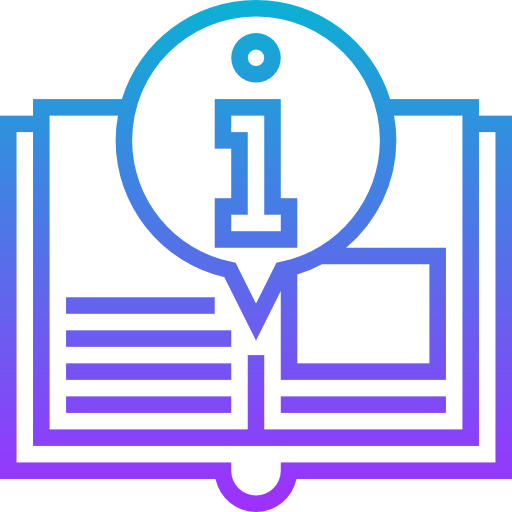How To Get Rid Of Chilblains Quickly
Chilblains, also known as pernio, are a painful inflammation of small blood vessels in response to cold but non-freezing temperatures. Although not usually a serious condition, they can cause discomfort, itching, and swelling. For those afflicted, knowing how to address these symptoms quickly is essential for regaining comfort and health.
In a Nutshell
- Quick Relief: Immediate steps and remedies to alleviate chilblain symptoms.
- Preventative Measures: Tips to avoid future occurrences.
- Understanding Chilblains: Insight into what chilblains are and how they develop.
- Natural Remedies: Explore effective home treatments.
- Medical Interventions: When to seek professional help.
Table of Contents
- Understanding Chilblains
- Quick Relief Measures
- Preventative Measures
- When to Consult a Doctor
- Frequently Asked Questions
Understanding Chilblains
What are chilblains and why they occur. Chilblains are the result of an abnormal reaction to cold exposure, where small blood vessels near the skin’s surface become inflamed due to quick changes in temperature. This response leads to itchy, red patches, and sometimes swelling and blistering.
Common causes include:
– Rapid warming of cold skin.
– Poor circulation in extremities.
– Frequent exposure to cold, damp conditions.
For a comprehensive understanding, visit our detailed guide on chilblains.
Quick Relief Measures
Immediate steps to alleviate symptoms and discomfort.
Home Remedies
- Gradual Warming: Slowly rewarm the affected area using warm (not hot) water.
- Moisturize: Apply hydrating lotions with camphor or witch hazel.
- Gentle Massage: Boost circulation gently with light massage.
- Aloe Vera: Apply aloe vera gel for its soothing properties.
Over-the-Counter Solutions
- Topical Steroids: Consider hydrocortisone creams to reduce inflammation.
- Pain Relief: Use ibuprofen or paracetamol as needed.
For more on these remedies, explore the quick relief options.
Preventative Measures
Avoid future episodes with these tips.
- Proper Clothing: Wear warm, layered clothing and insulated gloves and socks.
- Diet and Supplements: Consider enhancing circulation with vitamin E and B12.
- Gradual Heating: Avoid rapidly changing temperatures.
For more preventative strategies, you can read our extensive guide on how to get rid of issues like chilblains.
When to Consult a Doctor
Know when professional medical intervention is needed.
- Persistent Symptoms: If symptoms do not improve or worsen after a week of home treatment.
- Infection Signs: Foul smell, pus, or increased redness.
- Underlying Conditions: If you have diabetes or circulation problems.
For further details, consider visiting authoritative sources such as the NHS website and Mayo Clinic.
Frequently Asked Questions
What are the first signs of chilblains?
Chilblains usually present as itchy and red patches on fingers, toes, or ears, sometimes accompanied by swelling and blistering.
Are chilblains a severe condition?
They are generally not severe but can lead to discomfort and a risk of secondary infection if untreated.
Can chilblains heal on their own?
Yes, they often resolve without treatment within one to three weeks, though remedies can expedite relief.
What should I avoid if I have chilblains?
Avoid scratching and exposure to cold; instead, keep the area warm and cushioned.
Is there a particular demographic more prone to chilblains?
Those with poor circulation, older adults, and people with autoimmune conditions are more at risk.
Can chilblains become chronic?
In some cases, particularly with recurrent exposure to cold or underlying health issues, they can become a recurring problem.
Are there any long-term effects of untreated chilblains?
Usually, no lasting damage occurs, but continuous occurrences warrant medical advice.
For more FAQs and insights, visit our chilblain resource.
Informed by understanding, awareness, and strategic action, managing chilblains can be more straightforward and less distressing when equipped with knowledge. Optimizing comfort levels for those suffering and preventing future occurrences is possible with the right approach.

Leave a Reply